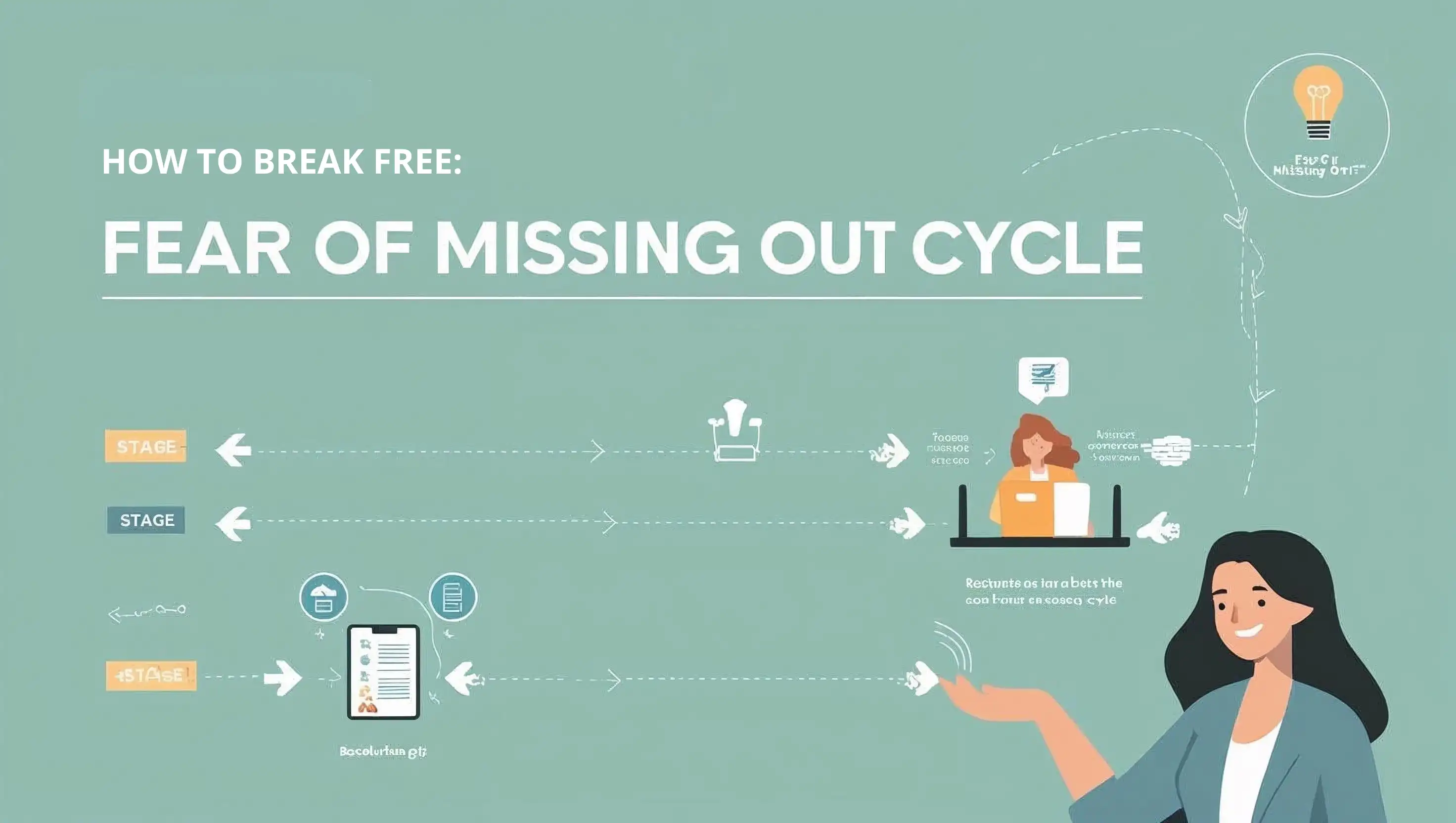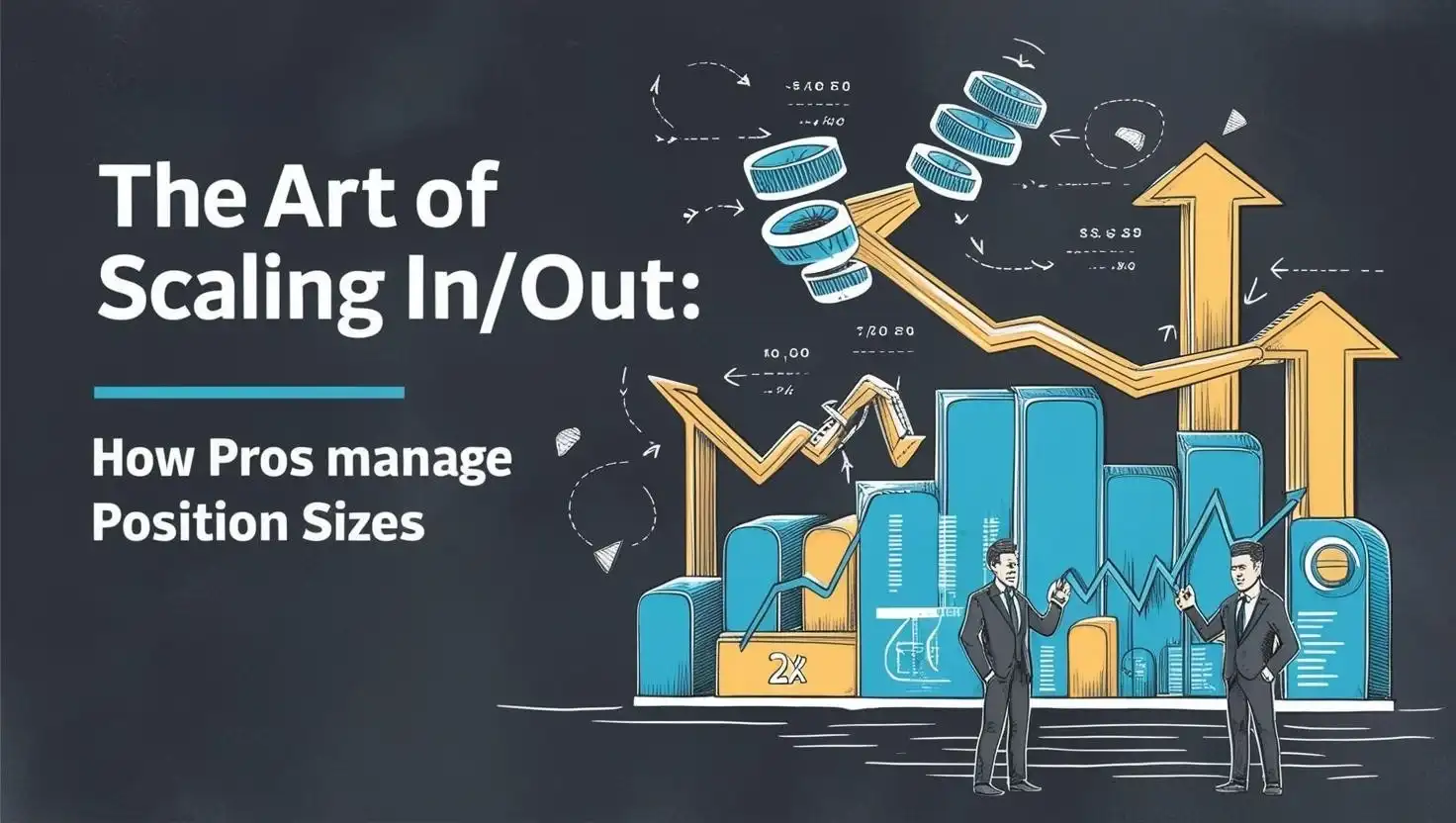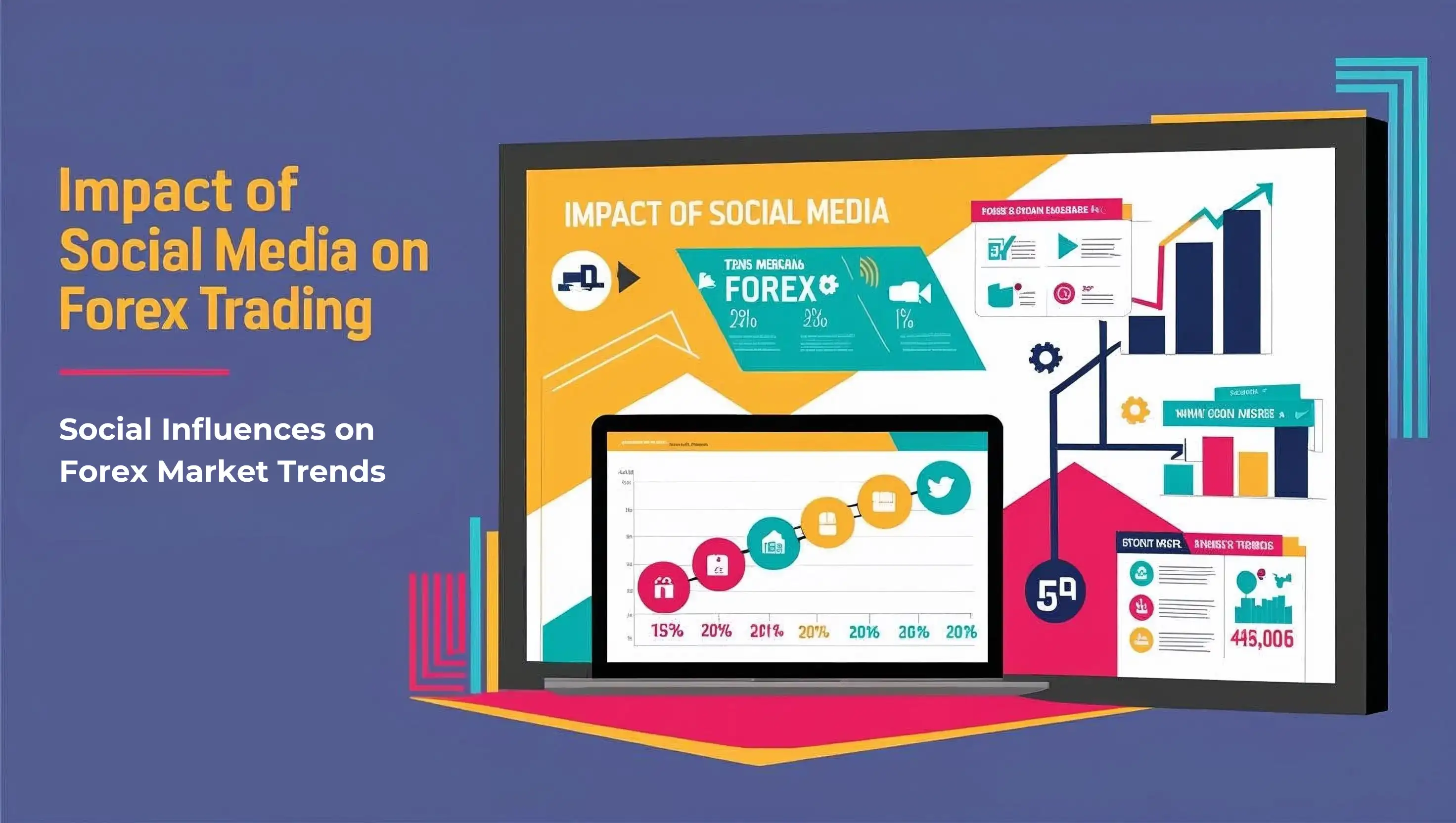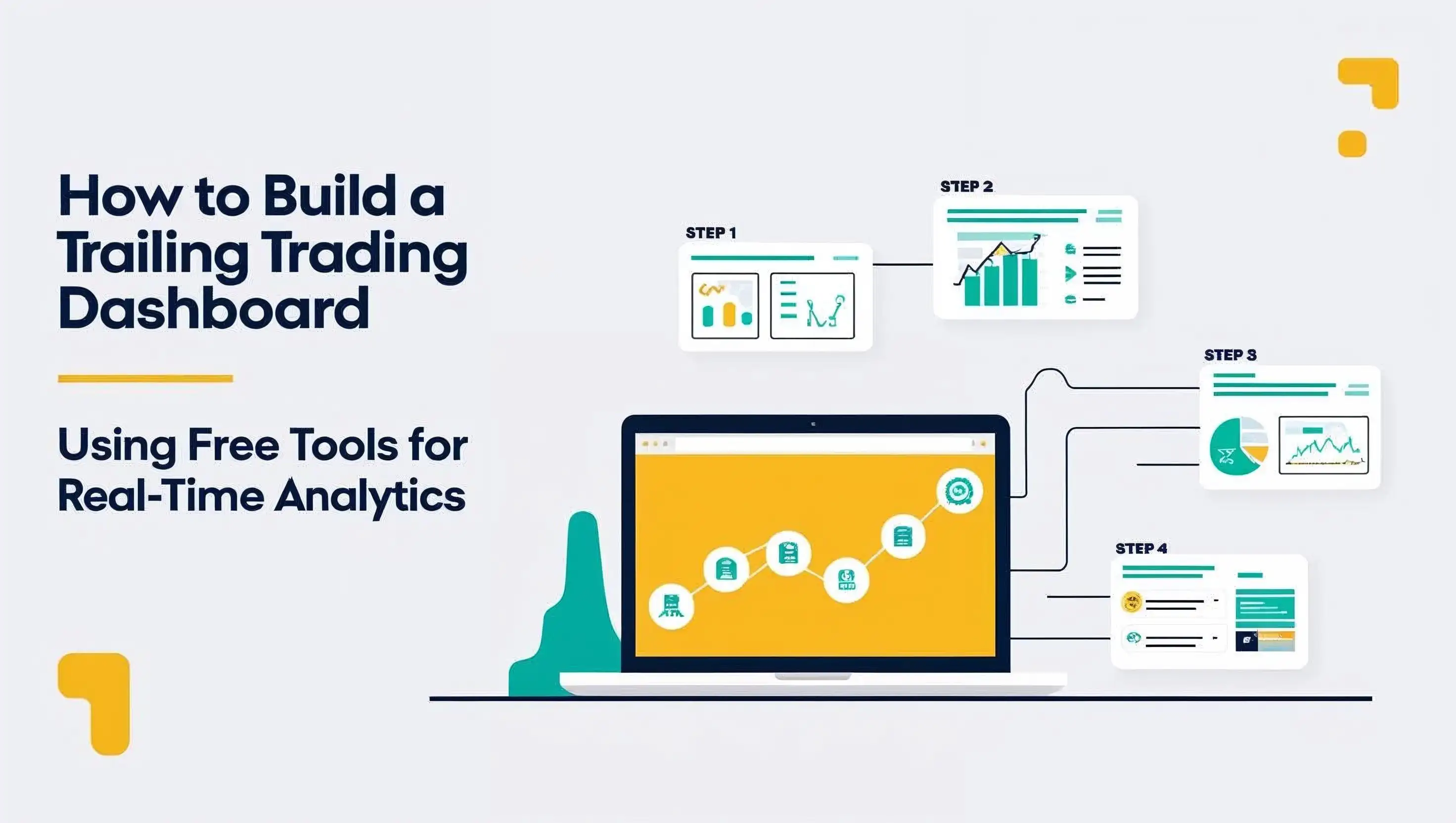FOMO isn't just that itch you feel when your friends are at a party you skipped—it's a full-on primal beast that claws at your trading decisions, turning calm strategies into wild, impulsive bets. In the trading game, FOMO is that voice hissing, "Everyone's raking it in but you," pushing you to buy at the top of a rally, panic-sell at the bottom, and watch your account bleed out while you curse your luck.
But here's the twist: FOMO isn't your fault—it's your brain doing what it's built to do. This guide rips apart the psychology, stages, and sneaky costs of FOMO, then hands you a toolkit to shut it down for good. Because beating FOMO isn't just about saving your cash—it's about keeping your cool in a market that thrives on chaos.
Key Takeaways
FOMO's Roots: It's powered by loss aversion (thanks, Kahneman & Tversky) and social proof—missing out stings worse than losing money.
Volatility's Wingman: FOMO loves a wild ride, spiking during parabolic moves and media hype when the herd goes nuts.
Breaking Free: Hard rules, clever pre-commitments, and a process-first mindset are your ticket out.
The Real Damage: Overtrading, wrecked accounts, and a battered ego—FOMO hits harder than you think.
1. The Anatomy of FOMO: Why Your Brain Betrays You
Let's clear the air: FOMO isn't a personal weakness—it's a universal human glitch, and trading cranks it up to max volume. Your brain's wired to hate being left out, and the market knows just how to exploit it.
The Neuroscience of FOMO
Imagine you're chilling, scrolling X, when—bam!—headlines scream, "Ethereum's up 20% today!" Your pulse quickens, your fingers twitch toward the "buy" button, and logic takes a backseat. That's your amygdala (the fear engine) and nucleus accumbens (the reward junkie) throwing a party in your skull. Here's the dopamine-driven breakdown:
Trigger: You spot others cashing in ("My cousin just bought a yacht with his crypto gains!").
Anxiety: That sinking dread of being the only one sidelined.
Action: You leap in headfirst to silence the panic.
Regret: The market reverses, and you're left clutching a bag of ashes.
Science backs this up: A 2018 Neuron study showed FOMO revs up the insula—the brain's social pain processor. Missing the boat feels like a kick to the stomach, and your mind scrambles to dodge that hurt, even if it means diving into a trade doomed to flop.
2. The 5 Stages of the FOMO Cycle: A Trader's Wild Ride
FOMO doesn't just strike—it sneaks up on you, unfolding in five messy stages that feel like a rollercoaster you didn't sign up for. Here's how it goes down:
Stage 1: Ignition
You're casually scrolling trading forums or WhatsApp groups when you catch wind of a hot tip—"This altcoin's about to explode!" Curiosity kicks in, and a tiny spark of anxiety flickers: Am I missing something big?
Stage 2: Acceleration
Envy and fear take the wheel. You're glued to your charts, refreshing like it's your job, watching price tick higher. The itch to jump in grows—If I don't act now, I'll be the idiot who missed out.
Stage 3: Peak
Panic mode: engaged. You slap a market order as price soars, chasing it to the stratosphere. You're in—at the exact moment the smart money's cashing out. High five, you just bought the top.
Stage 4: Crash
Regret and shame flood in as the market tanks. You either bail too soon, locking in losses, or double down, praying for a Hail Mary. Spoiler: Losses stack up, and your confidence takes a nosedive.
Stage 5: Reset
Bruised but resolute, you mutter, "Never again," vowing to stick to your plan. It's a noble promise—until the next hype train rolls in, and the cycle cranks up all over again.
3. FOMO's Hidden Costs: More Than Just a Bruised Wallet
FOMO doesn't just dent your profits—it's a wrecking ball to your whole trading life. Let's tally the damage.
Financial Costs
Slippage: Diving into a volatile spike? You're shelling out 2-5x the normal spread just to join the party. Fun, right?
Overtrading: FOMO turns you into a trade-slinging machine, piling up commissions and swap fees like a pro gambler on a losing streak.
Opportunity Cost: While your money's stuck in a FOMO-fueled mess, you're blind to the real setups with actual edge.
Psychological Costs
Decision Fatigue: Chasing every rumor burns out your brain—soon, even solid trades feel like a coin toss.
Confidence Collapse: Each FOMO fail chips away at your belief in yourself, making it tougher to trust your gut when it matters.
4. Breaking the Cycle: 6 Anti-FOMO Tactics to Take Back Control
Beating FOMO is about outsmarting yourself. Here's your battle plan:
Pre-Commitment Devices
Lock in your strategy with tools like StickK or enforce a 24-hour rule for trades.
Cognitive Reframing
Focus on process over profits and remind yourself that most FOMO trades fail.
Environmental Control
Unfollow hype traders and set price alerts instead of staring at charts.
Final Word: Embrace JOMO (Joy of Missing Out)
The real FOMO cure isn't grit—it's trust. Trust your system, trust patience, and trust that the market's a never-ending conveyor belt of chances. The best trades? Often the ones you skip. So next time FOMO knocks, grin and say, Catch you later—I'm good.
By treating FOMO as a biological glitch—not a failure—you'll transform anxiety into edge. For Deriv users, leverage platforms like MT5 and Deriv Bot to enforce rules mechanically, keeping emotion at bay. Remember: The best trades are the ones you don't take.



